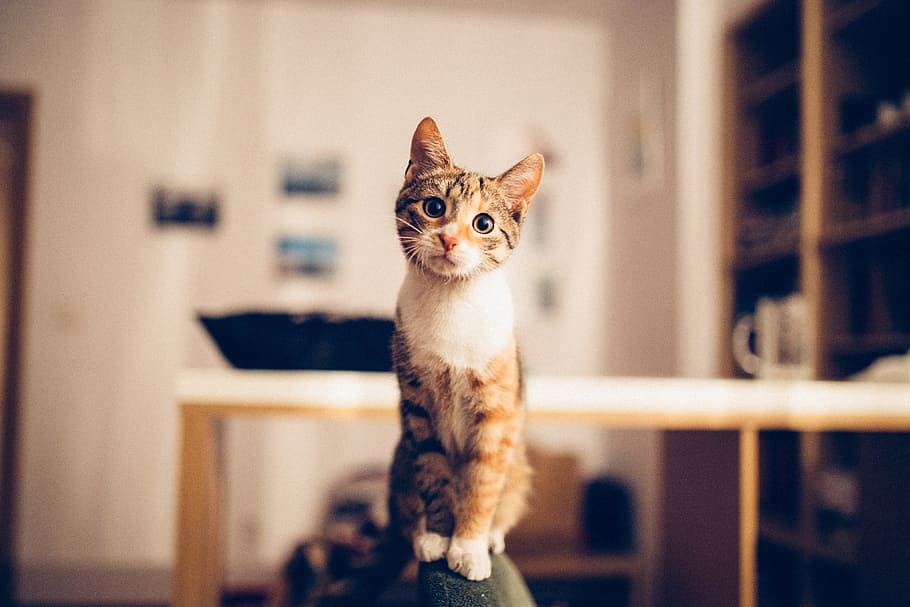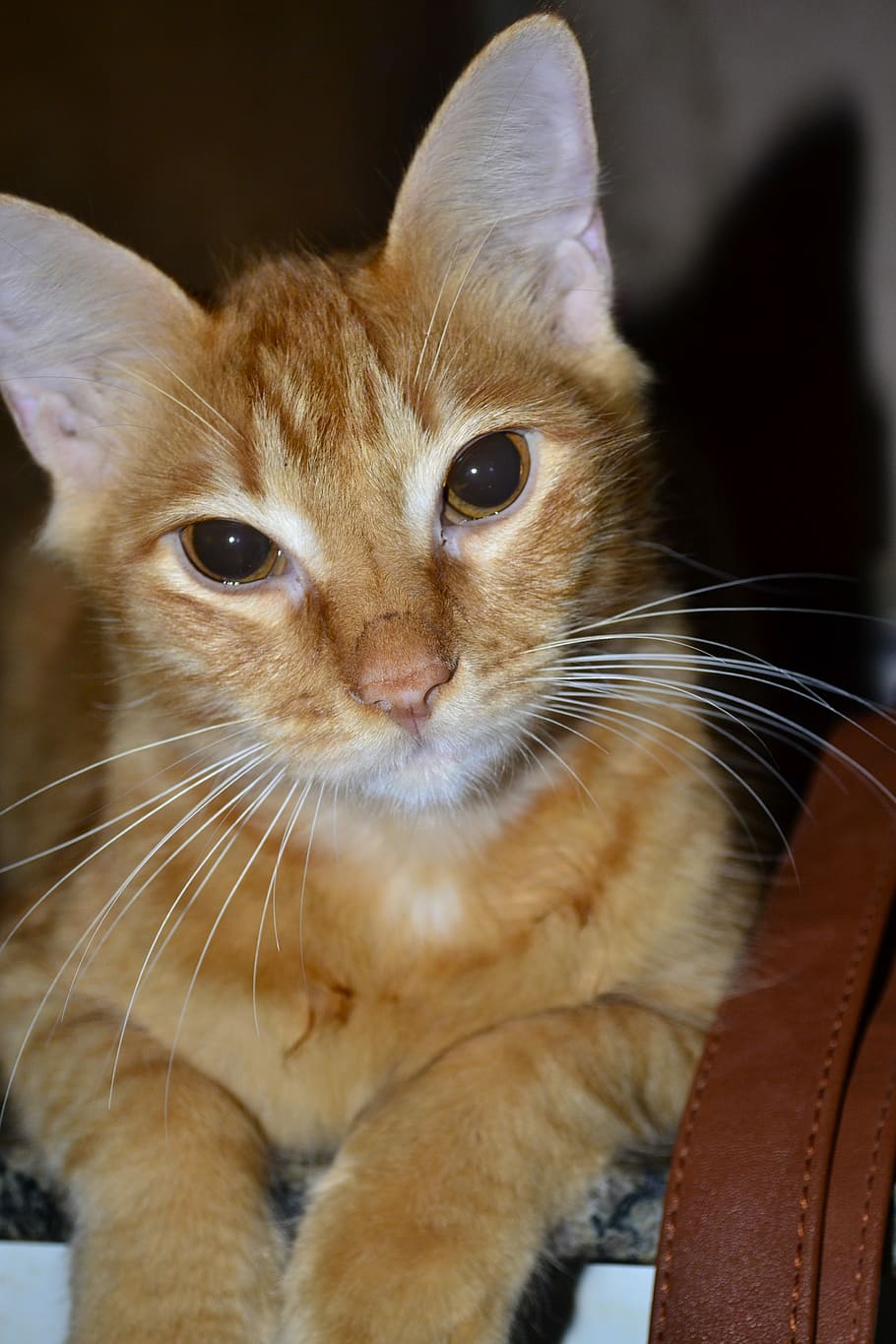
How to Communicate with Your Feline Friend
Contrary to popular belief, cats are far from aloof creatures – at least when it comes to their human counterparts. Throughout their journey of domestication, these enigmatic beings have crafted a unique form of communication tailored specifically for their human companions. In fact, some ethologists even propose that each cat-human duo possesses a distinct and personalized language. Thus, it’s evident that cats have an intricate dialogue to share with us. It’s up to us to unravel their mysterious expressions and, quite possibly, engage in a dialogue of our own.
So, let’s delve into the world of feline communication and explore how to establish a meaningful connection with your beloved cat.
Step 1: Deciphering Your Cat’s Meows – The Art of Feline Communication
From soft meows to expressive maôs, brrrs, and mrrrs, cats possess an extensive repertoire of vocalizations to convey their thoughts. Recent studies have even unveiled that this repertoire has been tailored to engage in communication with humans. Interestingly, cats employ minimal meowing when interacting amongst themselves, reserving this unique form of expression primarily for us.
While there may not be a definitive dictionary to translate every meow with pinpoint accuracy, certain general meanings can be inferred:
- A gentle meow typically signifies contentment and inner harmony.
- A short, moderate-intensity meow often conveys messages such as “I’m hungry!” or “Let me in…”
- An extended, low-pitched meow usually reflects a state of anger or potential aggression. Hissing serves as a clear cautionary sign of hostility, signaling a clear message to back off or maintain a safe distance.
It’s worth noting that some ethologists suggest that as many as fifty nuanced variations exist within a cat’s meowing repertoire. While fully understanding each nuance may require time, patience, and a keen ear, rest assured that your efforts will yield rewarding results.
Step 2: Embracing the Purr: Unraveling the Mystery Behind Your Cat’s Melodic Hum
Purring, a distinctive vocalization shared with a select few felines including pumas, lynxes, and cheetahs, is a unique language in itself. Cats often purr to express contentment and well-being, whether nestled upon your lap or when nursing kittens. Intriguingly, even moments of tension, such as a cat in labor or at the vet’s, can trigger purring, further emphasizing its multifaceted nature.
Remarkably, purring extends beyond mere vocalization, possessing therapeutic qualities. Its low frequencies, ranging between 25 and 30 hertz, hold the remarkable ability to alleviate tensions and foster a sense of well-being among both the cat and its human companions. Additionally, studies reveal that these low frequencies facilitate tissue regeneration and expedite the healing process of bone fractures.
Step 3: Reading Between the Lines: Interpreting Your Cat’s Expressive Eyes

The eyes, oftentimes referred to as the windows to the soul, play a pivotal role in decoding a cat’s emotional state. In environments of subdued lighting, narrowed pupils signify a state of defensiveness, while dilated pupils reflect heightened emotions. Wide-open eyes are indicative of curiosity and vigilance, a clear sign of a heightened state of focus. Conversely, half-closed eyelids symbolize tranquility and relaxation, representing a moment of calm repose.
Step 4: Tails of Expression: Understanding the Language of Tail Movements
Much like a dog’s tail communicates a wide spectrum of emotions, a cat’s tail serves as a crucial indicator of their mood:
- A tail held high, with the tip slightly inclined, signifies confidence and an active interest in both their human companion and the surrounding environment.
- Energetic tail swishing indicates a state of deliberation, often suggesting that the cat is contemplating whether to pounce on the enticing toy mouse immediately or await a more opportune moment.
- A raised tail accompanied by bristled fur, typically along the back, is a clear signal of defensiveness.
Step 5: The Body Speaks: Interpreting Your Cat’s Gestures and Posture
A cat’s communication encompasses their entire physique, offering a glimpse into their emotional landscape:
A slight rollover onto the back, with an exposed belly, is an invitation for gentle petting and affection.
Standing firmly on all fours, presenting a bristled coat while moving sideways, signals a state of alertness and caution. Such a stance is often accompanied by hissing and may escalate to aggressive behavior if the cat is provoked.
Step 6: Vocal Harmony: Using Your Voice to Connect with Your Furry Companion
While cats have an innate ability to communicate with their human counterparts, the reverse holds true as well. Your tone of voice and body language convey intentions clearly to your feline friend, as you naturally adapt your vocal inflections and vocabulary to engage with them. Cats swiftly grasp the significance of a resolute “no,” understanding it as a clear prohibition.
However, the potential for communication extends beyond the basics. You can elevate your interaction by teaching your cat a select vocabulary for specific scenarios:
- Employ concise words with one or two syllables, such as “Dinner!”
- Consistently employ the same word for identical situations.
- Commence training as early as possible.
- Regularly reinforce the lesson (e.g., every mealtime).
- Trust the unique bond you share; your connection will resonate powerfully.
Interestingly, scientists have coined the term “mamanais” to describe this distinct language – a fusion of words, expressions, and tone – employed when addressing both children and animals.
In conclusion, you are now equipped with a comprehensive guide to effectively communicate with your cherished feline companion. Embracing their meows, purrs, gestures, and vocalizations will undoubtedly deepen the extraordinary bond you share. Remember, communication is a journey that requires patience, attentiveness, and a willingness to embrace your cat’s unique language. Your commitment to understanding their expressive world will undoubtedly enrich your relationship and ensure a harmonious connection with your beloved furry friend.





